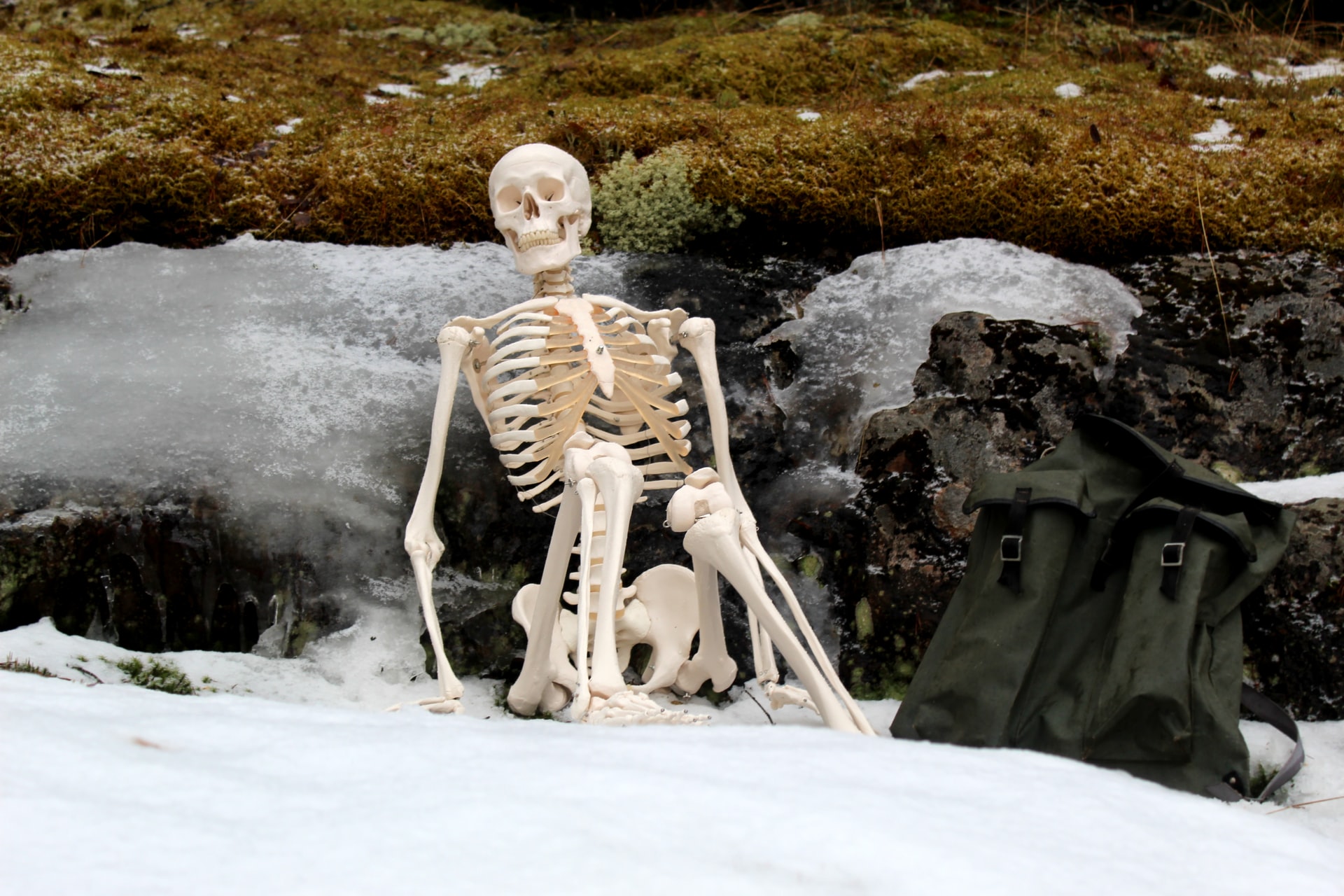Osteoarthritis of the Knee
Osteoarthritis is the most common form of arthritis, affecting millions of people worldwide. It occurs when the protective cartilage that cushions the ends of bones in our joints gradually worn off. This causes the bones over the joints to rub against each other causing friction and thus the symptoms of osteoarthritis.
The most common joints to be affected is the knees. Hips, spine and finger joints are also commonly affected.
It is an ongoing process that cannot be reverse but there are some interventions that can help manage the symptoms and slow down the process.
Symptoms
Osteoarthritis symptoms includes painful and stiff joint/s, and loss of movement or function of the affected joint.
Risk factors
Factors that may increase your risk of osteoarthritis include:
- Older age.
- Being female.
- Obesity.
- Previous joint injuries.
- Genetics
- Bone deformities.
Diagnosis
Usually with physical examination and history, your doctor can diagnose a knee osteoarthritis. However sometime we might need to perform X-rays and blood test to confirm the diagnosis. Occasionally, the fluid in the joint can be aspirated to send for Joint fluid analysis to help us make the diagnosis.
Treatment
Exercising and maintaining a healthy weight are the most important ways to treat osteoarthritis.
Lifestyle and home remedies
- Exercise.
Try walking, biking or swimming. Avoid running on uneven grounds or going up and down too much stairs. Exercise can increase your endurance and strengthen the muscles around your joint, making your joint more stable. If you feel new joint pain, stop.
- Lose weight.
Obesity or even being somewhat overweight increases the stress on your weight-bearing joints, such as your knees and your hips. Even a small amount of weight loss can relieve some pressure and reduce your pain.
- Physical therapy.
Physical therapist can work with you to create an individualized exercise program that will strengthen the muscles around your joint, increase your range of motion and reduce pain.
- Use heat or cold compress to manage pain.
Medication
- Topical cream: Over the counter cream such as Deep heat gel or Voltaren gel for mild cases.
- Pain medication: Try paracetamol as first line oral medication. If not better, your doctor may give NSAIDS (eg, ibuprofen, naproxen, Arcoxia)
- Supplement: Glucosamine, chondroitin or collagen II. Studies have been mixed on these nutritional supplements. A few have found benefits for people with osteoarthritis, while some indicate that these supplements work no better than a placebo.
If conservative treatments don’t help, we may need to consider procedures such as:
- Cortisone injections. Injections of corticosteroid medications may relieve pain in your joint. We generally try to do this as little as possible as the medication can worsen joint damage over time
- Lubrication injections. Injections of hyaluronic acid may offer pain relief by providing some cushioning in your knee.
- Acupuncture. Some studies indicate that acupuncture can relieve pain and improve function in knee osteoarthritis.
- Joint replacement. In severe cases or when other methods failed, total knee replacement is an option.
Speak to you doctor today if you are suffering from knee pain.


